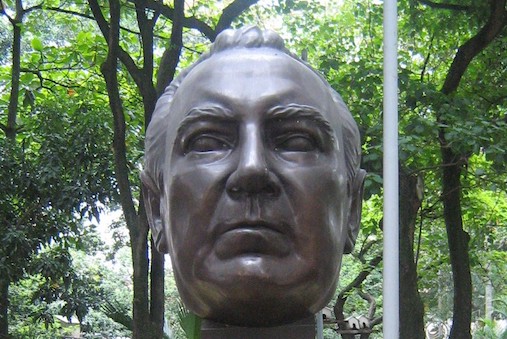
The Attorney General of Colombia ordered the detention of a former hitman it linked to the 1986 murder of journalist and editor of newspaper El Espectador, Guillermo Cano Isaza.

A popular jury condemned a man to six years in prison for participating in the murder of a Brazilian journalist in 1998. Shortly after the trial, the sentence was challenged by the public prosecutor’s office because it considered it too low.
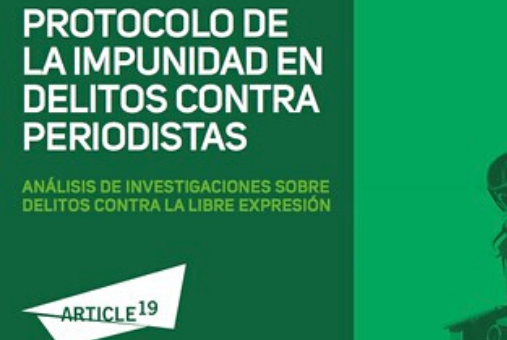
The worrisome figures of violence against the press in Mexico – pointed out by various organizations as one of the most dangerous countries to practice journalism – become even more dramatic when taking into account levels of impunity in those cases.

The report analyzes trends in the region and how they affect freedom of expression, pluralism and media independence, as well as the safety of journalists.
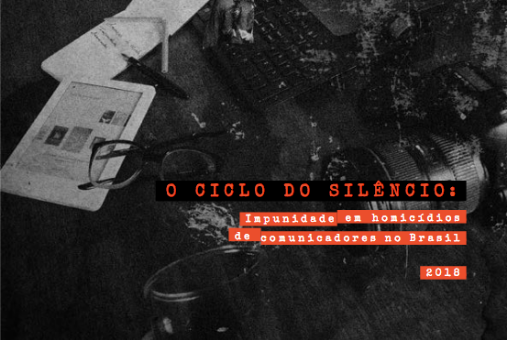
The impunity of homicides against journalists in Brazil has been increasingly frequent in the interior of the country, according to a recent report from Article 19, "The cycle of silence: impunity in murders of communicators."
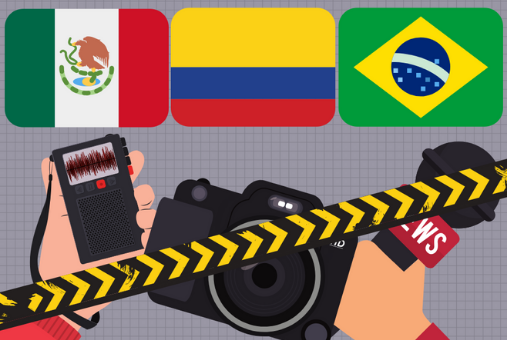
In Latin America and the Caribbean, just 18 percent of cases of murdered journalists, or 41 out of 226 cases condemned by UNESCO between 2006 and 2017, have been reported as resolved by Member States, according to UNESCO.
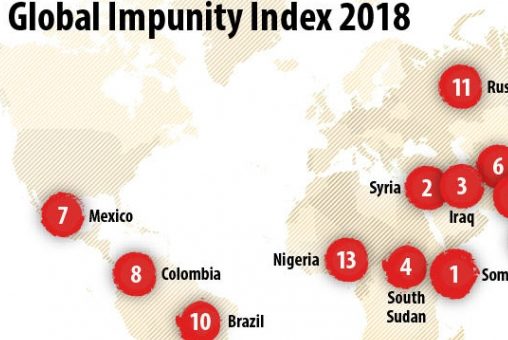
Mexico, Colombia and Brazil are among the top 14 countries in the world where the murderers of journalists are not punished in court.

Former military officer Daniel Urresti, who is running for mayor of Lima on Oct. 7, was acquitted as co-author of the murder of journalist Hugo Bustios in 1988.
This is the second case of the Tim Lopes Program for the Protection of Journalists since Abraji launched the initiative in September 2017 to investigate murders, assassination attempts and abductions of media professionals and to continue the reports interrupted by the killers.
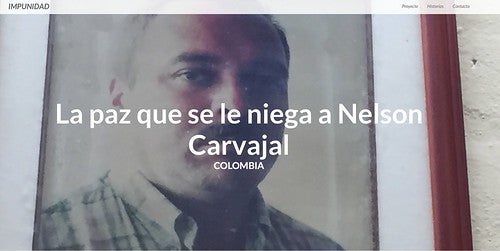
The Inter-American Court of Human Rights (IACHR Court) found the Colombian State responsible for the 1998 murder of journalist Nelson Carvajal Carvajal, and for a failure to guarantee the victim’s right to freedom of expression.
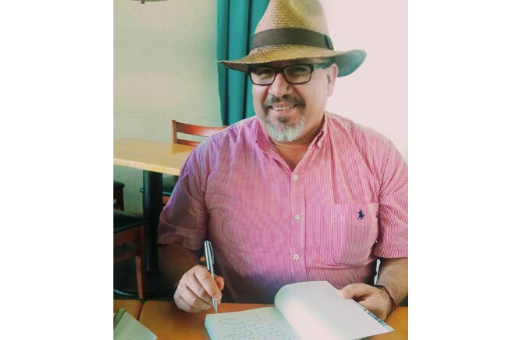
The Special Prosecutor’s Office for the Attention of Crimes Committed against Freedom of Expression (Feadle) of Mexico, with the help of Federal Police, carried out an arrest warrant against Juan Francisco “N,” “for his probable participation in the murder of journalist Javier Valdez Cárdenas, on May 15, 2017.”

The names of two journalists from Mexico and another from Colombia will be added to the Journalists Memorial at the Washington, D.C.-based Newseum.